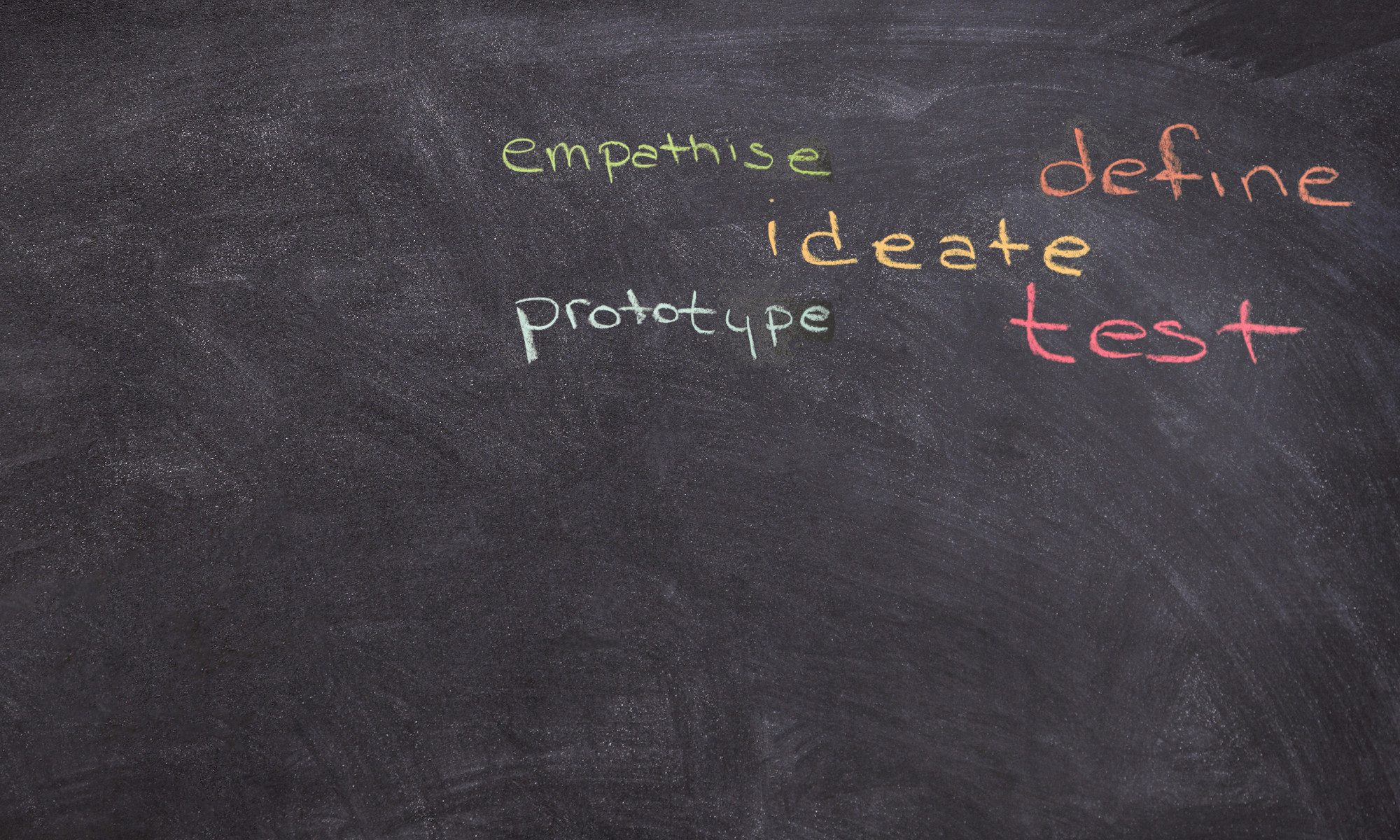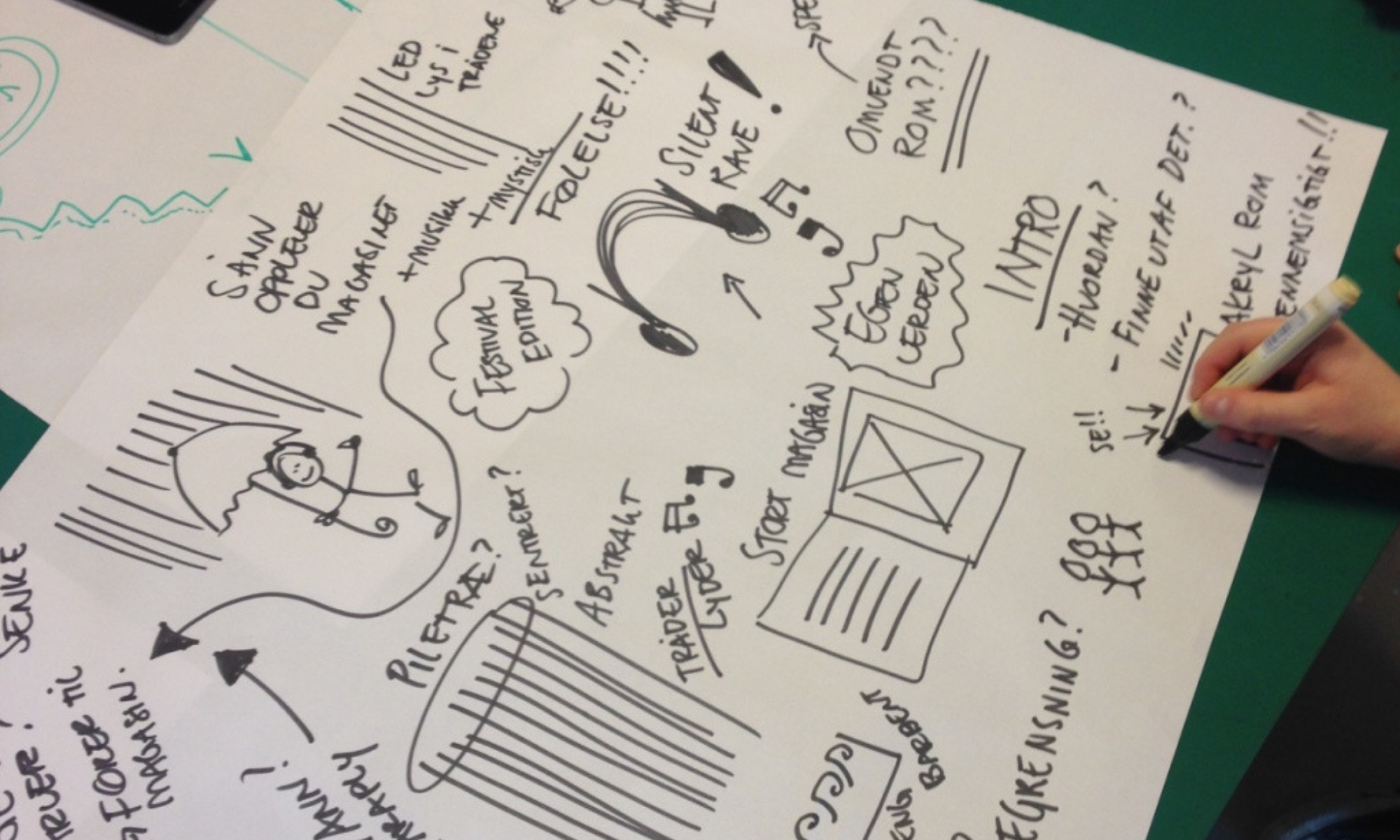Expected release date: February 2020
Objectives
This compulsory unit takes the student through practice-based processes and technologies that will structure workflows for and identify gaps in innovation processes while providing methods in entrepreneurship. The unit will provide the tools and practices for moving quickly from Idea to Action, through structured and hands-on methods for iterative prototyping, testing and validating solution-oriented ideas. The student will practice prototyping, mockups and prototypes as tangible ways for products to respond to user needs very early in a product’s life.
The unit will introduce, demonstrate and put new technologies into use to validate ideas, and to quickly provide new perspectives in the process of an idea taking form using methods such as mockups and role play. Learners will master the practice of failing forward by practicing iterative validation, so moving onto a new idea or the next iteration becomes a structured and plausible process.
The unit provides practice in pitching, structuring, and delivering presentation material as background for the pitch (e.g. executive summaries, market analysis, business plans).
Learning Outcomes
After completing this unit, the learner will be able to:
- Fail Faster, by being able to eliminate uncertainties from the very beginning of the innovation process;
- Practice Rapid Prototyping using e.g. mockups, prototypes, roleplay etc. during the concept development phase;
- Experience and present concepts through tangible tools and methods;
- Put the product in focus and move out of the comfort zone through iterative prototyping;
- Pitch and deliver persuasive and fact-based material;
- Experience the Google Sprint 5 day workflow moving the learner from exploration and conceptualization, through building and towards validating in only one week;
- Employ Creative Confidence to help realize one’s creative potential and remove the fear of failure for using new tools and moving out of one’s comfort zone.
The student will become comfortable with structuring and performing workflows for taking innovation towards realisation, using a variety of technologies and tools.
Teaching Methods/Technologies
The unit will be taught primarily through a series of practice-based case studies and scenarios rooted in the Scandinavian Design Thinking methodology. It will take insights from IGNITE’s mandatory Unit 1: Introduction for Design Thinking and Maker Culture, and turn them into tangible and product-focussed workflows. Case studies and scenarios will include text, videos, and exercises. Based on the tools and methods introduced in this unit, students will experience and master a rapid process of validation towards realisation.


